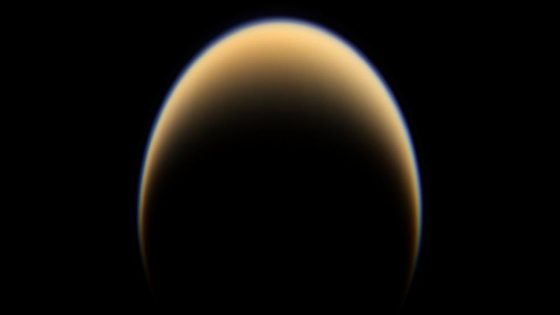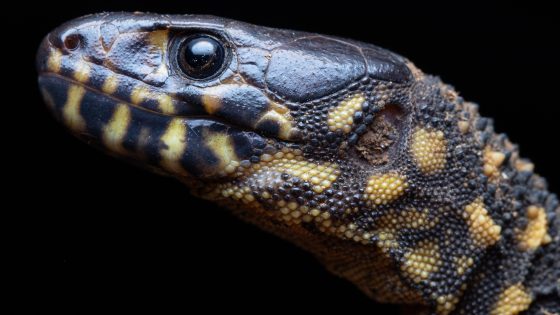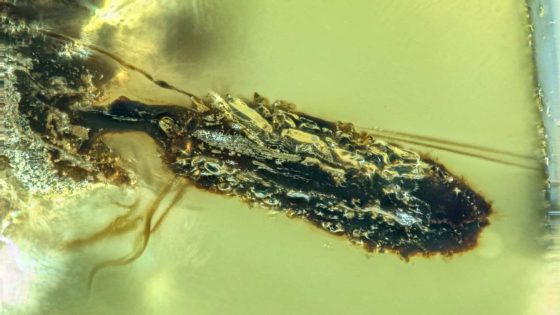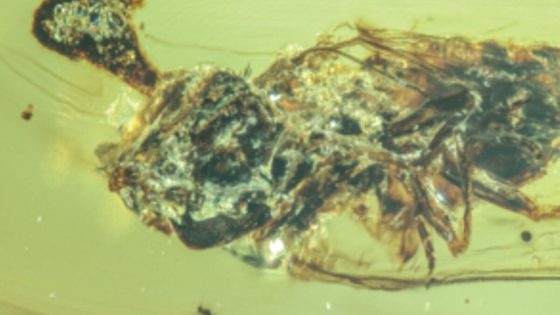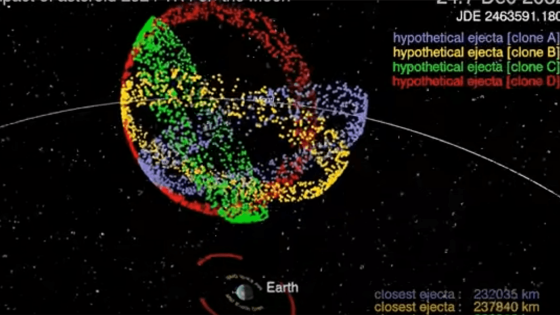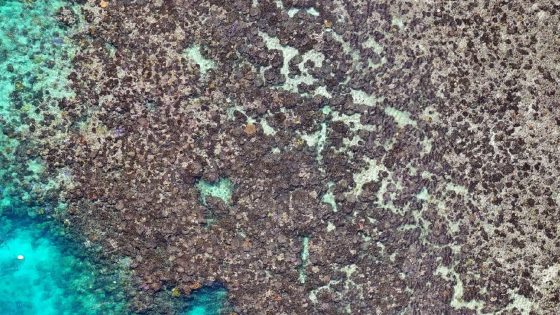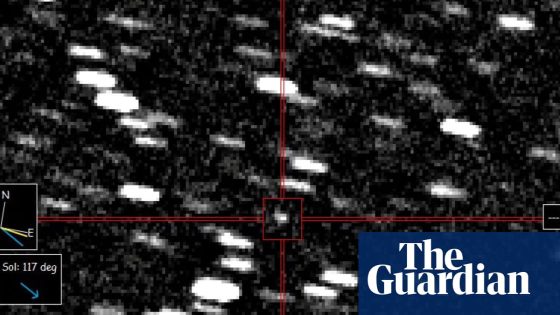Titan, Saturn’s largest moon, has long intrigued scientists as a potential harbor for life. Recent research, published on 2025-07-06 23:01:00, reveals that Titan’s hidden underground ocean may contain only a minuscule biosphere, weighing no more than a miniature poodle.
- Titan may have a hidden underground ocean.
- Life on Titan could weigh as little as a poodle.
- Energy cycle may support minimal microbial life.
- Titan's surface features organic-rich hydrocarbons.
- Fermentation could be a viable energy process.
- Life detection would be extremely challenging.
Evolutionary biologist Antonin Affholder from the University of Arizona explains that the energy and nutrient cycles in Titan’s ocean are insufficient to support even a single fermenting cell per liter. This discovery is a setback for those hopeful of finding alien life.
Despite its limitations, Titan remains a unique world in our Solar System, rich in organic material and possessing a complex structure beneath its icy crust.Fast Answer: Titan’s underground ocean may support minimal life, with a biosphere weighing as little as a small dog, challenging hopes for abundant extraterrestrial life.
This raises an important question: Could life exist in such a sparse environment? The findings suggest that while organic molecules are abundant, their utility for sustaining life is limited. Key points include:
- The biosphere may average less than one cell per kilogram of water.
- Organic molecules like glycine are common throughout the universe.
- Finding a living cell on Titan would be like searching for a needle in a massive haystack.
As we continue to explore celestial bodies, understanding Titan’s unique characteristics may pave the way for future missions aimed at uncovering the mysteries of life beyond Earth.



